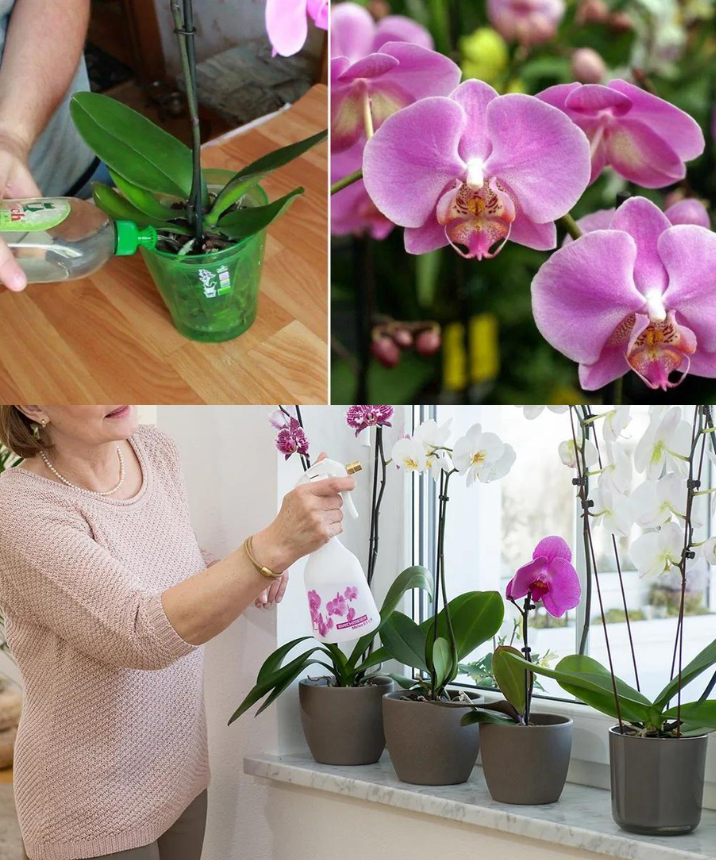Placement: Autumn is a delicate period for orchids as brightness gradually decreases. Finding the right spot for your orchids is crucial during this time. Place them in a bright location with indirect light, but avoid direct sun exposure, especially during the hottest hours of the day.
Pruning: During autumn, orchids enter a resting phase where their growth slows down. It’s not necessary to prune orchids during this period. However, if you notice wilted flower stems or dead leaves, you can carefully trim them with clean and disinfected tools to promote the plant’s health.
Watering: Reduce the frequency of watering during autumn as orchids need less water during their dormancy phase. Water only when the substrate is almost dry to the touch. Ensure that water doesn’t accumulate at the bottom of the pot as this can lead to root rot.
Temperature: Maintain a constant and moderate temperature for your orchids during autumn. Avoid excessive temperature fluctuations and protect the plants from cold drafts. The ideal temperature range for most orchids is between 18°C and 24°C during the day, and slightly lower during the night.
Repotting: Autumn is generally not the ideal time to repot orchids unless absolutely necessary. If you notice degraded substrate or root-bound roots in the pot, consider repotting your orchid into a well-aerated new substrate after flowering.
Fertilization: Reduce the frequency of fertilization during autumn as orchids are in a resting phase and don’t need many nutrients. Use a fertilizer specially formulated for orchids and dilute it by half compared to the usual recommendations. Fertilize approximately once a month to maintain healthy growth.
Diseases and Pests: During autumn, closely monitor your orchids for any signs of disease or pest infestation. Low light and humidity conditions can favor the development of fungal diseases and parasites. Quickly treat any issues with suitable products to prevent their spread and protect the health of your orchids.
